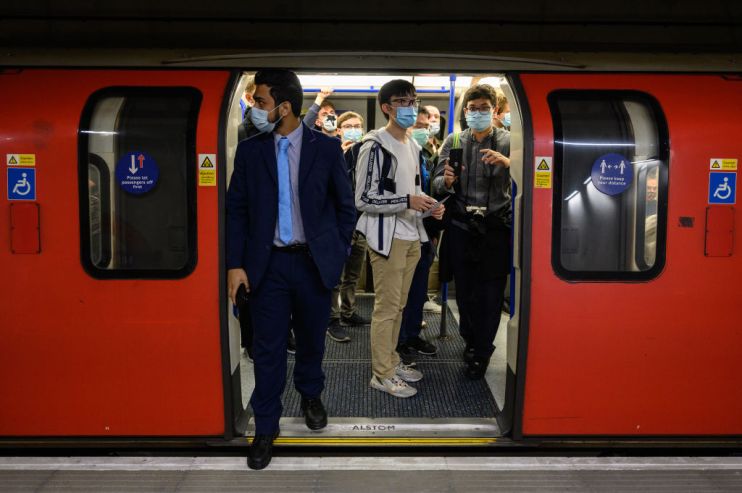Editorial: Transport for London needs a funding model fit for a modern capital

On the tube, mind the gap is supposed to be a cautionary warning for absent-minded tourists. Alas over the course of the pandemic it’s become something rather more serious – a constant, if pithy, reminder of the black hole at the heart of Transport for London’s finances.
London is a great global city, but the funding model for the transport network which keeps it functioning is far from impressive. It is hugely reliant on fare box revenue, and when that falls – as it has over the past eighteen months – there is little in the bank for the service to fall back on. That means three times over that period, TfL has been forced to go cap in hand to the Department for Transport, and the Treasury, for the cash to ensure the wheels on the bus do indeed go round and round. While Sadiq Khan’s Oliver Twist rendition is no doubt rousing, it’s hardly a performance which befits a city such as London.
At its heart, the problem is London’s paltry tax-raising, and more importantly tax-keeping, powers. In most major global cities, vast chunks of the tax raised in the metropolis is kept in the coffers of said city. Unsurprisingly, those city authorities therefore are quite keen to keep their transport networks going. Without the cash to do that here, TfL must rely on the beneficence of Whitehall and a “levelling up Government” which at times gives the impression of seeing London as a necessary inconvenience. Short-term bailouts are only kicking the can down the road.
TfL is not perfect. It is bizarre that the Waterloo and City Line is not yet fully open when it is clear to anybody walking the streets of the Square Mile that commuters are back in force. But all things considered, it could be a lot worse. Government must give it a long-term settlement so it can plan for the future properly – and play a part in the capital’s recovery. Anything else is a failure of leadership.
